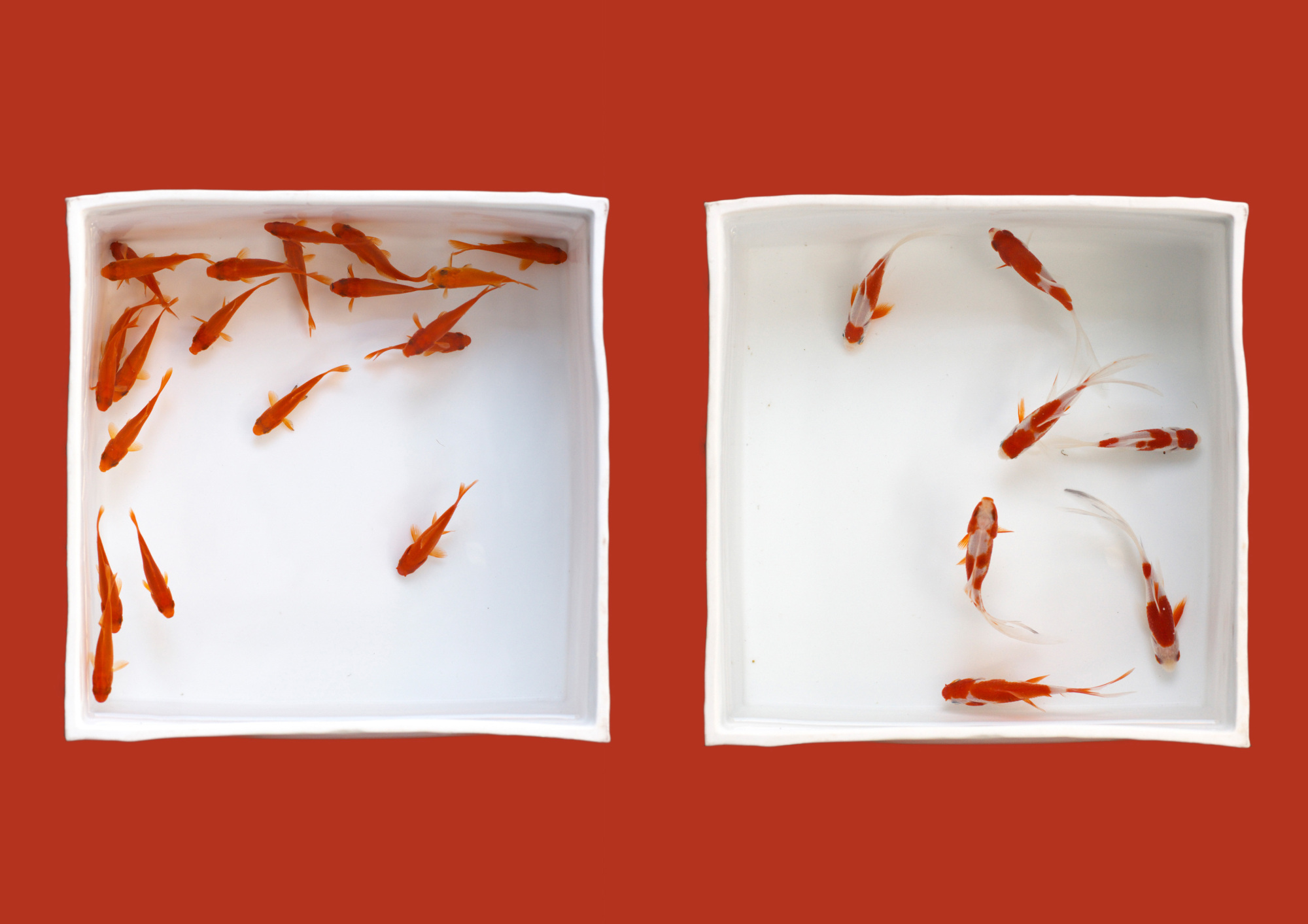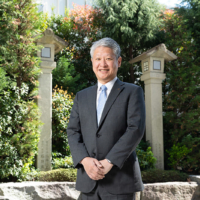Good as gold
Memories of childhood summers in Japan inevitably involve three things: fireworks, watermelon, and kingyo-sukui — the challenge of scooping up live goldfish with a paper ladle at a summer festival stall. Those goldfish carried proudly home never lived very long, and perhaps that's why the experience remains so keenly felt.


















With your current subscription plan you can comment on stories. However, before writing your first comment, please create a display name in the Profile section of your subscriber account page.